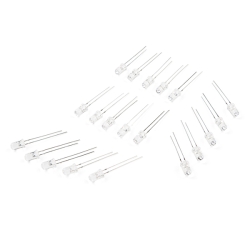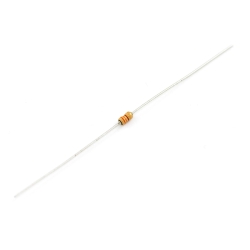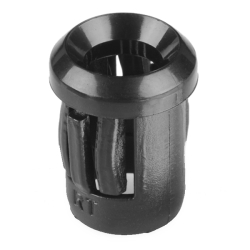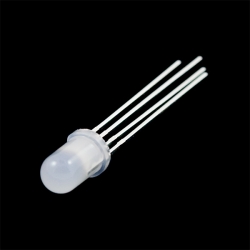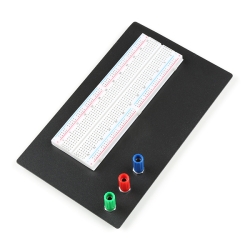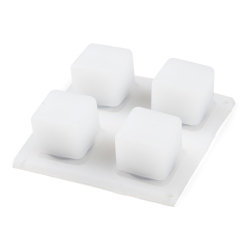LED - Super Bright Red
COM-00528
LED - Super Bright Red
SKU: COM-00528
$1.25
In stock
SKU
COM-00528
Product Overview
These are very bright LEDs. The LEDs are so bright that it hurts to look directly at them. Please take a look at the pictures to get an idea of the intensity. All lenses are clear.
Features:
- 9,000mcd brightness
- Standard size - T1 3/4 5mm
- 2.4V forward drop
- Max current 20mA
Documents:
Hookup Accessories
Features & Specs
- 9,000mcd brightness
- Standard size - T1 3/4 5mm
- 2.4V forward drop
- Max current 20mA
Documentation
Customer Reviews

LED - Super Bright Red
$1.25
COM-00528
Stock and Customer Discounts
$1.25 retail price.
Available Discounts
- $1.19 | 25+ units
- $1.13 | 100+ units


